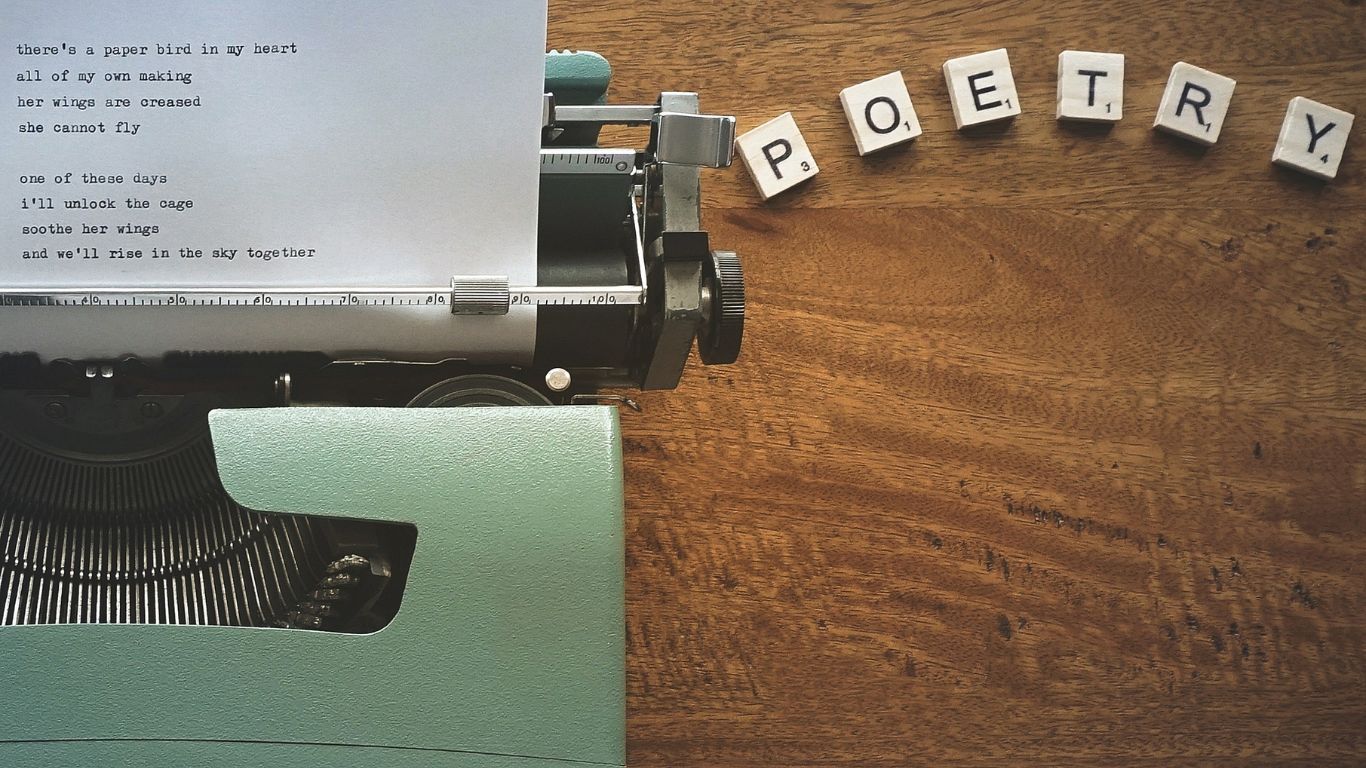How To Read and Understand Poetry: Poetry can be a beautiful and powerful art form, but for many beginners, it can also be intimidating and difficult to understand. With its complex language, unconventional structure, and often ambiguous meanings, poetry can seem like a foreign language to those who are not accustomed to reading it. However, with the right approach and a little bit of guidance, anyone can learn to appreciate and enjoy poetry. In this article, we will provide a beginner’s guide to reading and understanding poetry, offering tips and strategies for unlocking its meaning and discovering its beauty. Whether you’re a student looking to analyse a poem for a class assignment, or simply a curious reader interested in exploring this rich and rewarding art form, this guide will provide you with the tools you need to get started.
How To Read and Understand Poetry: A Beginners’ Guide
Start with the basics
Before diving into any specific poem or poet, it’s important to understand some basic elements of poetry. This includes things like meter, rhyme, and form. Meter refers to the rhythm or pattern of stressed and unstressed syllables in a line of poetry. Rhyme refers to the repetition of sounds at the end of words, while form refers to the overall structure of the poem (such as sonnet, haiku, or free verse).

While not all poems will follow a strict meter or rhyme scheme, understanding these concepts can help you appreciate the way poets use language and sound to create meaning and emotion. Additionally, becoming familiar with common forms of poetry can help you recognize and appreciate the different styles and techniques used by different poets.
Read the poem multiple times
One of the most important steps in understanding a poem is to read it multiple times. Unlike prose, which can often be understood through a single reading, poetry often requires careful attention to details and repeated readings to fully appreciate its meaning and impact.
Start by reading the poem aloud to get a sense of its rhythm and sound. Pay attention to how the words and phrases flow together and how they create a sense of meaning or emotion. Then, read the poem silently, slowly and carefully. Look for specific words or phrases that stand out to you and try to understand how they contribute to the overall meaning of the poem.
Consider the poem’s structure and form
As you read and reread the poem, take note of its structure and form. Is it a sonnet or a haiku? Does it have a clear rhyme scheme or meter? How are the lines and stanzas arranged on the page? All of these elements can provide clues to the poet’s intent and meaning.
For example, a sonnet is a type of poem that typically consists of 14 lines and follows a specific rhyme scheme. This structure can be used to create a sense of order or symmetry in the poem, or to emphasize a particular theme or idea. Similarly, free verse poetry often lacks a clear structure or form, which can be used to create a sense of spontaneity or freedom.
Identify the poem’s theme
Once you have a sense of the poem’s structure and form, start thinking about its overall theme or message. What is the poem about? What emotions or ideas does it evoke? What does the poet want you to take away from the poem?

To identify the poem’s theme, look for recurring images, symbols, or motifs that are used throughout the poem. These can help you understand the underlying meaning and intent of the poem. For example, a poem that uses images of nature to convey a sense of peace or tranquility might be about finding solace in the natural world. A poem that uses dark or unsettling imagery might be about the darker aspects of human experience.
Pay attention to figurative language
One of the key features of poetry is its use of figurative language, such as metaphor, simile, and personification. These devices can be used to create vivid and evocative images that help convey meaning and emotion in the poem.
When reading a poem, pay attention to any instances of figurative language and consider how they contribute to the poem’s overall meaning. For example, a metaphor comparing love to a rose might suggest that love is beautiful but also has thorns and can be painful. A simile comparing a person to a bird might suggest that they are free-spirited or flighty. Personification of an object or concept, such as “the wind whispered secrets,” can create a sense of intimacy or connection between the reader and the poem.
Look for literary devices
In addition to figurative language, poetry often employs a range of literary devices to create meaning and emotion. These can include things like alliteration, assonance, and onomatopoeia, which rely on the sounds of words to create a specific effect.
For example, alliteration is the repetition of consonant sounds at the beginning of words, as in “Peter Piper picked a peck of pickled peppers.” Assonance is the repetition of vowel sounds within words, as in “the rain in Spain falls mainly on the plain.” Onomatopoeia is the use of words that imitate sounds, such as “buzz” or “hiss.”
These devices can be used to create a sense of rhythm, emphasize certain words or phrases, or create a particular mood or atmosphere. Paying attention to these details can help you appreciate the artistry and craft of the poet.
Consider the historical and cultural context

Poetry is often a product of its historical and cultural context. Understanding the world in which a poem was written can help you better appreciate its meaning and significance. For example, a poem written during a time of war or political turmoil might have a very different tone and message than a poem written during a time of peace and prosperity.
Additionally, cultural references and allusions can also provide important context for understanding a poem. For example, a poem that references Greek mythology might suggest that the poet is drawing on classical traditions to convey their message. A poem that uses slang or vernacular language might suggest that the poet is speaking to a particular audience or community.
Use outside resources
Finally, don’t be afraid to use outside resources to help you understand a poem. This can include things like literary analysis guides, annotated editions of poetry collections, or even online forums or discussion groups.
Reading and discussing poetry with others can be a great way to gain new insights and perspectives on a poem. You might discover connections or meanings that you hadn’t noticed before, or gain a deeper appreciation for the craft and artistry of the poet.
Conclusion
Reading and understanding poetry can be a rewarding and enriching experience. While it can be challenging at times, with practice and patience, anyone can learn to appreciate the beauty and complexity of poetry. By starting with the basics, considering the poem’s structure and form, identifying its theme and literary devices, and paying attention to historical and cultural context, you can develop a deeper understanding and appreciation for this unique and powerful form of literature.
Also Read: Power of Poetry | Impact of Poetry on Society



